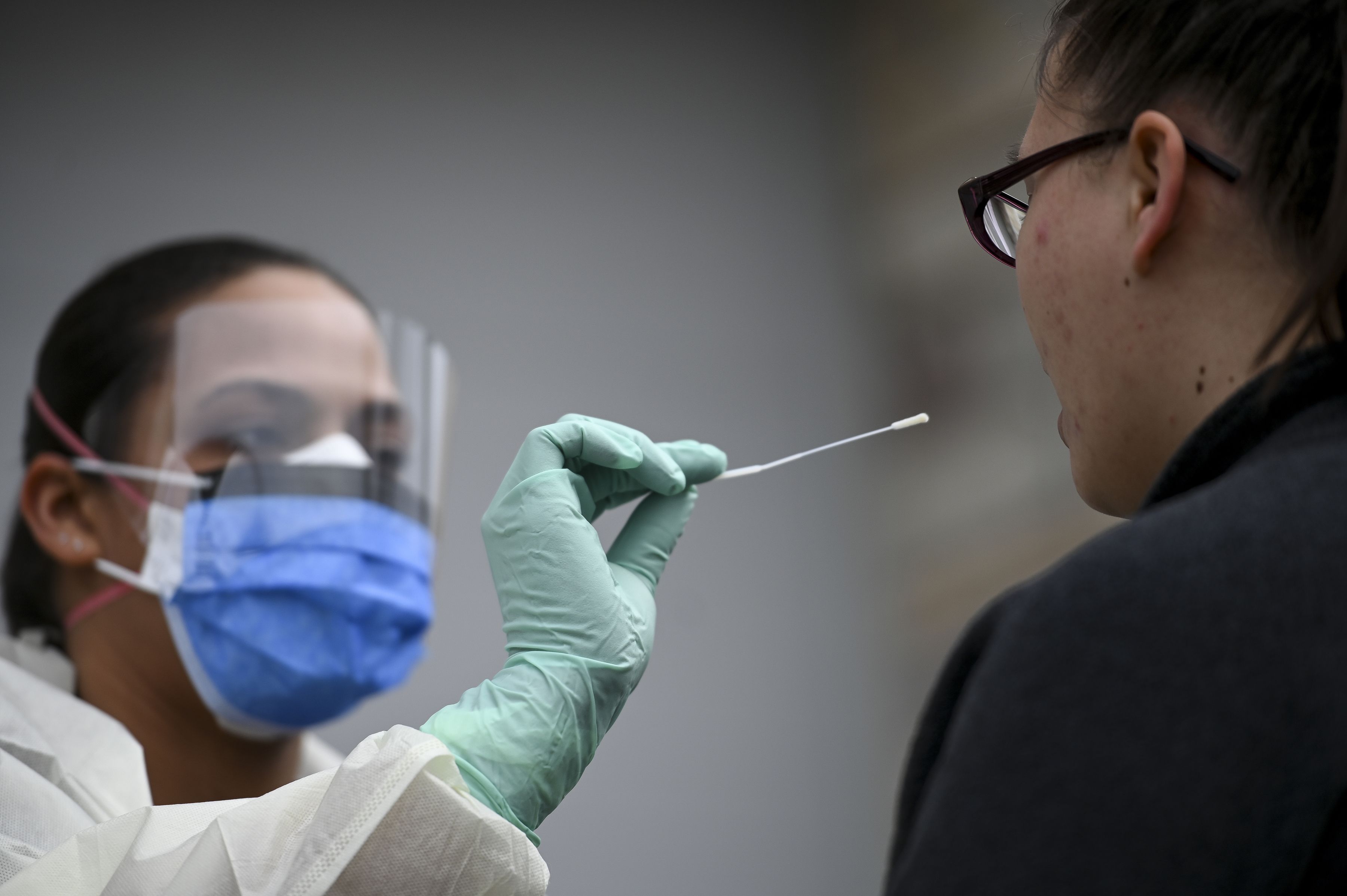
Both parties are encouraged to have their lawyers review the safe if they want to, but we believe it provides a starting point that can be used in most situations, without modifications. There is a trade-off between simplicity and comprehensiveness, so while not every edge case is addressed, we believe the safe covers the most pertinent and common issues.

While the safe may not be suitable for all financing situations, the terms are intended to be balanced, taking into account both the startup’s and the investors’ interests. The Safe User Guide explains how the safe converts, with sample calculations, an explanation of the pro rata side letter, and suggestions for best use. Whether you are using the safe for the first time or are already familiar with safes, we recommend reviewing our Safe User Guide (geared primarily at US companies). Because a safe has no expiration or maturity date, there should be no time or money spent dealing with extending maturity dates, revising interest rates or the like. Startups and investors will usually only have to negotiate one item: the valuation cap.
Stock pro rata series#
By “post-money,” we mean that safe holder ownership is measured after (post) all the safe money is accounted for - which is its own round now - but still before (pre) the new money in the priced round that converts and dilutes the safes (usually the Series A, but sometimes Series Seed). In 2018 we released the “post-money” safe. While safes are being used for these seed rounds, these rounds are really better considered as wholly separate financings, rather than “bridges” into later priced rounds. But early stage fundraising evolved in the years following the introduction of the original safe, and now startups are raising much larger amounts of money as a first “seed” round of financing. The safe was a simple and fast way to get that first money into the company, and the concept was that holders of safes were merely early investors in that future priced round. Our first safe was a “pre-money” safe, because at the time of its introduction, startups were raising smaller amounts of money in advance of raising a priced round of financing (typically, a Series A Preferred Stock round). Y Combinator introduced the safe (simple agreement for future equity) in late 2013, and since then, it has been used by almost all YC startups and countless non-YC startups as the main instrument for early-stage fundraising. Safe: Valuation Cap, No Discount (Singapore).Safe: Valuation Cap, No Discount (Caymans).


Before using any of these forms, you should consult with a lawyer licensed in the relevant country. Safe: MFN, no Valuation Cap, no DiscountĪs of March 2021, we’re unveiling beta versions of the “Valuation Cap, no Discount” post-money safe and optional side letter for companies formed in Canada, the Caymans and Singapore.
Stock pro rata plus#
There are three versions of the post-money safe intended for use by US companies, plus an optional side letter.


 0 kommentar(er)
0 kommentar(er)
